Zen and Vega DDR4 Memory Scaling on AMD's APUs
by Gavin Bonshor on June 28, 2018 9:00 AM EST- Posted in
- CPUs
- Memory
- G.Skill
- AMD
- DDR4
- DRAM
- APU
- Ryzen
- Raven Ridge
- Scaling
- Ryzen 3 2200G
- Ryzen 5 2400G
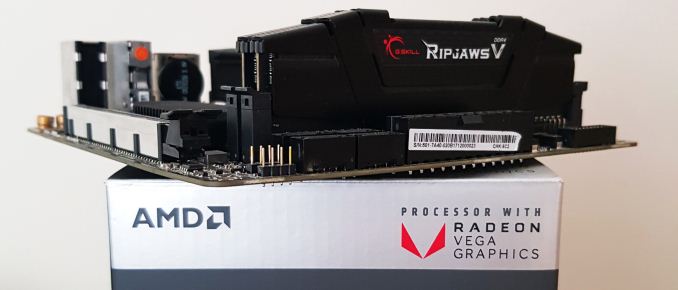
We have previously explored the importance of memory scaling within AMDs Ryzen CPUs: the question being answered today is how much of an effect on performance does the memory frequency have when Zen is paired with AMD’s own Vega graphics core. We run a complete suite of tests on AMD's Ryzen 3 2200G ($99) and Ryzen 5 2400G ($169) APUs with memory speeds from DDR4-2133 to DDR4-3466 using a kit of G.Skill Ripjaws V.
Recommended Reading on AMD Ryzen APUs
- Marrying Vega and Zen: The AMD Ryzen APU Review
- Overclocking The AMD Ryzen APUs: Guide and Results
- Delidding The AMD Ryzen APUs: How To Guide and Results
- AMD Ryzen 5 2400G and Ryzen 3 2200G Core Frequency Scaling: An Analysis
- Best CPUs for Gaming: Q2 2018
Memory Scaling on AMD Ryzen APUs
While adding Vega to Zen may be a new concept, the premise of the APU combing compute and graphics on the same chip remains the same. Graphics is often a memory bound operation - the speed at which the data can be accessed by the graphics is directly tied to the frame rate, and we have seen on chips in the past that the speed of the memory (or an interim cache) can vastly help accelerate the performance of the graphics. Graphics is usually the focus here, as faster memory only assists CPU workloads that are memory limited.
For example, see our articles on:
- Memory Scaling on Ryzen 7
- Memory Frequency Scaling on Intel's Skull Canyon NUC
- Memory Scaling on Haswell CPU, IGP and dGPU: DDR3-1333 to DDR3-3000
- DDR4 Haswell-E Scaling Review: 2133 to 3200
One of the main issues with memory right now is pricing. With the price of DDR4 having risen over the course of 2017 and with no signs of slowing in 2018, building a new desktop system has looked more expensive over the course of the last couple of years: the inflation of GPU pricing has also certainly contributed to those woes. While the general outlook on the current DDR4 DRAM market is that for a user wanting extra speed, more money must be spent is true, how that equates into actual performance becomes more relevant than ever before. On pricing, for example, here is a Corsair Vengeance LPX 2x8 DDR4-2666 memory kit over on Amazon:
The price of this memory when launched was $142, which decreased down to as low as $57 on sale but was an average of $75 during early 2016. Over the course of 2017 and 2018, this very popular memory kit is now trading at $179, having reached a high of $200. To put that in perspective, this kit launched at a cost of $8.88 per GB, went down as low as $3.56 per GB, and is now at $11.19 per GB. This is almost certainly a sellers market, not a buyers market. People are often spending money on capacity over speed. The goal of this article is to determine how much speed actually matters, especially when we look at lower-cost processors like the AMD Ryzen APUs.

Our APU with some other G.Skill TridentZ DRAM in an SFF test
For a user looking to build a budget system without focusing too much on high-end performance applications such as CAD or content creation, the Ryzen 3 2200 and Ryzen 5 2400 APUs has a lot to offer, especially when money is a highly limiting factor on purchasing decisions. As was within our Ryzen 5 2400G review, we concluded that AMD’s Ryzen 2000 series pairing offers the best value and performance compared against what’s currently on offer on both sides of the APU/CPU marketplace (Intel or AMD) when an iGPU is featured on chip.
Memory Scaling on APUs: More Infinity Fabric
Most of the following analysis in this section was taken from our previous Memory Scaling on Ryzen 7 article.
While we already know due to the previous testing we did with the Ryzen with what effect memory frequency has on the Zen cores, and AMD added a new element to this when it equipped the Ryzen 3 2200G and Ryzen 5 2400G with Vega. As per with the rest of the Ryzen processor range from AMD, each chip combines multiple technologies, but relatively speaking, the most relevant one which has the ability to affect memory performance on the Ryzen 2000 series is called Infinity Fabric.
The Infinity Fabric (hereafter shortened to IF) consists of two fabric planes: the Scalable Control Fabric (SCF) and the Scalable Data Fabric (SDF). The SCF is all about control: power management, remote management and security and IO. Essentially when data has to flow to different elements of the processor other than main memory, the SCF is in control. The SDF is where main memory access comes into play. There's still management here - being able to organize buffers and queues in order of priority assists with latency, and the organization also relies on a speedy implementation. The slide below is aimed more towards the IF implementation in AMD's server products, such as power control on individual memory channels, but still relevant to accelerating consumer workflow.
AMD's goal with IF was to develop an interconnect that could scale beyond CPUs, groups of CPUs, and GPUs. In the EPYC server product line, IF connects not only cores within the same piece of silicon, but silicon within the same processor and also processor to processor. Two important factors come into the design here: power (usually measured in energy per bit transferred) and bandwidth.
The bandwidth of the IF is designed to match the bandwidth of each channel of main memory, creating a solution that should potentially be unified without resorting to large buffers or delays. Discussing IF in the server context is a bit beyond the scope of what we are testing in this article, but the point we're trying to get across is that IF was built with a wide scope of products in mind. On the consumer platform, while IF isn't necessarily used to such a large degree as in server, the potential for the speed of IF to affect performance is just as high.
Test Bed and Hardware
As per our testing policy, we take a premium category motherboard suitable for the socket, and equip the system with a suitable amount of memory. With this test setup, we are using the BIOS to set the CPU core frequency using the provided straps on the MSI B350I Pro AC motherboard. The memory is set to the range of speeds as given for our testing.
| Test Setup | |||
| Processors | AMD Ryzen 3 2200G | AMD Ryzen 5 2400G | |
| Motherboard | MSI B350I Pro AC | ||
| Cooling | Thermaltake Floe Riing RGB 360 | ||
| Power Supply | Thermaltake Toughpower Grand 1200 W Gold PSU | ||
| Memory | G.Skill Ripjaws V DDR4-3600 17-18-18 2x8 GB 1.35 V |
||
| Integrated GPU | Vega 8 1100 MHz |
Vega 11 1250 MHz |
|
| Discrete GPU | ASUS Strix GTX 1060 6 GB 1620 MHz Base, 1847 MHz Boost |
||
| Hard Drive | Crucial MX300 1 TB | ||
| Case | Open Test Bed | ||
| Operating System | Windows 10 Pro | ||
With the aim being to procure a set of consistent results, the G.Skill Ripjaws V DDR4-3600 kit was set to latencies of 17-18-18-38 throughout each of the different straps tested. Due to an inability to support 100 MHz straps on our motherboard, the XMP profile was enabled in the BIOS on the memory Ripjaws V kit and the latency timings adjusted to 17-18-18-38 manually on the MSI B350I Pro AC motherboard. Each of the straps set for the aim in continuity of testing for frequency scaling.
A side note on our previous experience with memory scaling. In the past we introduced a concept of a Performance Index (PI) for each memory kit, to give a rough performance comparison metric between memory brands. This PI was defined as the data rate (such as DDR4-2400) divided by the CAS Latency (such as the 17 in 17-18-18) rounded down to the nearest whole number. In previous articles like this, typically the memory with the highest PI scored the best overall, especially in gaming, although in combinations with similar PIs, the one with the highest frequency was often ahead. We will revisit this concept later in the review.
In this review, we will be testing the following combinations of data rate and latencies:
| Data Rates Tested |
Sub-Timings | Performance Index |
Voltage |
| DDR4-2133 | 17-18-18 | 2133 / 17 = 125 | 1.35 V |
| DDR4-2400 | 17-18-18 | 2400 / 17 = 141 | 1.35 V |
| DDR4-2667 | 17-18-18 | 2667 / 17 = 157 | 1.35 V |
| DDR4-2866 | 17-18-18 | 2866 / 17 = 169 | 1.35 V |
| DDR4-3333* | 17-18-18 | 3333 / 17 = 196 | 1.35 V |
| DDR4-3466 | 17-18-18 | 3466 / 17 = 204 | 1.35 V |
*Corresponds to XMP Profile 1 on this memory kit
AGESA and Memory Support
At the time of the launch of Ryzen, a number of industry sources privately disclosed to us that the platform side of the product line was rushed. There was little time to do full DRAM compatibility lists, even with standard memory kits in the marketplace, and this lead to a few issues for early adopters to try and get matching kits that worked well without some tweaking. Within a few weeks this was ironed out when the memory vendors and motherboard vendors had time to test and adjust their firmware.
Overriding this was a lower than expected level of DRAM frequency support. During the launch, AMD had promised that Ryzen would be compatible with high speed memory, however reviewers and customers were having issues with higher speed memory kits (DDR4-3200 and above). These issues have been addressed via a wave of motherboard BIOS updates built upon an updated version of the AGESA (AMD Generic Encapsulated Software Architecture), specifically up to version 1.0.0.6, but now preceded by 1.1.0.1 (thanks to AMD's unusual version numbering system).
Whilst the maturity of the Ryzen platform is no longer an issue generally faced, the AGESA 1.1.0.1 microcode specifically focused on supporting the new Raven Ridge Ryzen 3 2200G and Ryzen 5 2400G APUs was announced before launch; we covered these BIOS updates for AMD's Ryzen APUs back in February at launch.
The whole purpose of the today's testing is to evaluate the scalability on AMD's Zen architecture and to see if the performance can be influenced by increasing the DRAM frequency. It would be foolish to not establish the effect on gaming performance and to see if memory frequency has a direct impact on frame rates given that previous generations of AMD APU have been reported to do so.
This Review
In this article we cover:
- Overview and Test Bed (this page)
- CPU Performance
- Integrated Graphics Performance
- Discrete Graphics Performance with a GTX 1060
- Conclusions


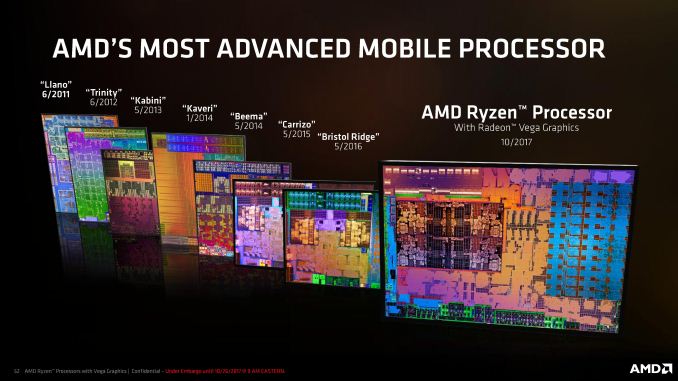
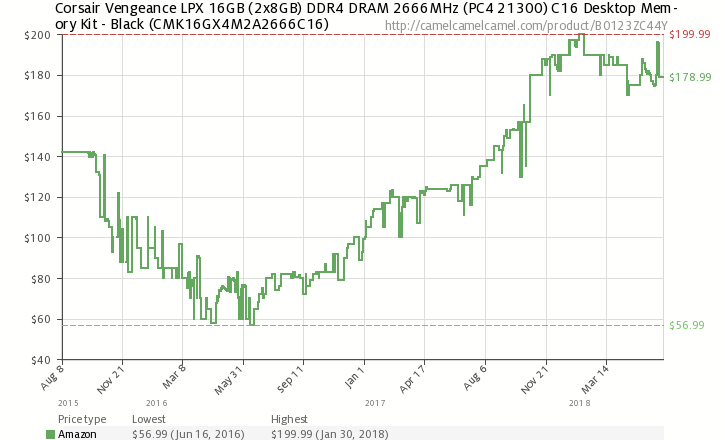
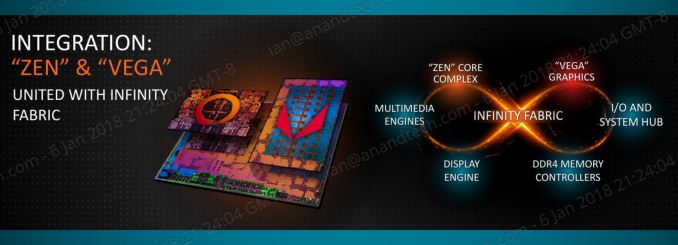
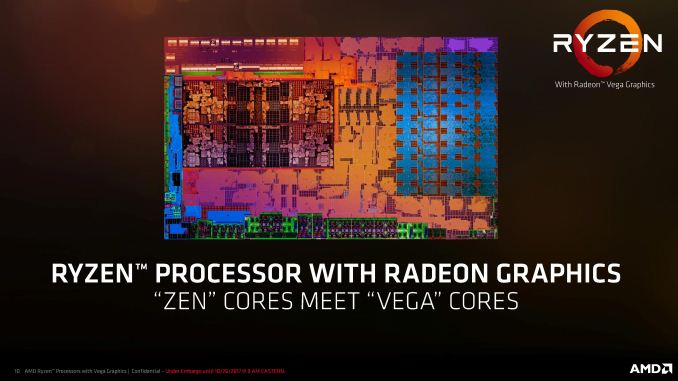
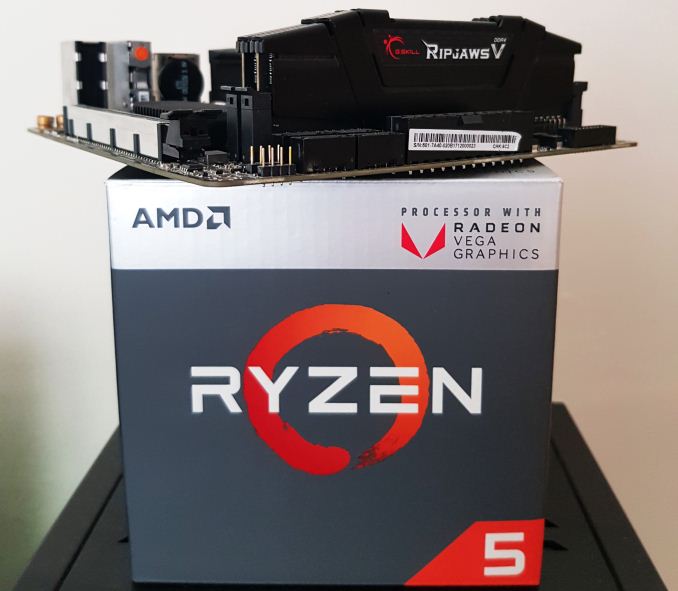








74 Comments
View All Comments
BedfordTim - Thursday, June 28, 2018 - link
To illustrate your point, even the cheapest DDR4 2133 memory is CL15JasonMZW20 - Thursday, June 28, 2018 - link
I think it's better to have the same timings as a testing reference. Yes, typically memory latencies are lower with lower clockspeeds, but really, AT are testing for memory bandwidth limitations and performance increases associated with increased memory bandwidth alone (not factoring latencies, since they're static across the range). In that sense, it's a successful test.There is a bit of performance left out for lower clockspeed kits, but that's outside the scope of this test which singled out bandwidth only.
FullmetalTitan - Thursday, June 28, 2018 - link
Seems like an effective control to me, pretty standard experimental control.This was clearly not a real-world testing scenario, but rather an artificial one where they fixed a common variable (CAS latency) in order to highlight the direct correlation of mem frequency to GPU performance. Anyone interested in this type of information should understand that these tests are very much NOT a real-world scenario.
Lonyo - Thursday, June 28, 2018 - link
They fixed the variable but didn't fix it. Fixing the CAS cycles doesn't fix the CAS delay. Adjusting the CAS cycles would provide a set CAS delay. The latency is measured in cycles, but faster RAM has faster cycles so the time-based latency decreases with the same CAS setting.e.g. 2000MHz CAS 10 has the same ns latency as 4000MHz CAS20.
DDR4-3466 at 17 CAS is 9.81s latency. DDR4-2133 at 12 CAS would be 11.26. At 17 it's 15.95ns.
Intel's XMP profiles for 2133MHz go from 9 to 13ns. For 3466MHz it's 16 or 18. 8.44ns vs 9.23ns.
If the increase in framerate is partly due to changes in latency (99th percentile may well be), then this test isn't reflective of real world performance with reasonable variables.
gglaw - Saturday, June 30, 2018 - link
This test was definitely very flawed and misleading for most average computer users. Most techies can read into the details and understand it was purely a demonstration of what happens when you lock the same timings and increase only the frequency of the RAM, but many will feel that this is an indirect review of how different memory kits perform. The reality is that the cheaper, low frequency kits are a lot closer to the high-end ones than the graphs show. A much better review would include both comparisons with and without locked timings, and if not including the real world part where the timings are also varied it should be noted in bold multiple times, perhaps even as a disclaimer below every chart. "These graphs do not demonstrate real world performance of the memory kits as they were not allowed to operate at the recommended timings." (That the huge majority of users would let them run at.)You go as far as making purchasing recommendations further indicating that the performance displayed in your charts are indicative of specific product reviews and finding a sweet spot for price/performance. This is the most flawed part. You neutered the very popular 2133-2400 segment by exaggerating how much faster the 3000+ kits are. If you allowed the lower frequencies to operate at their recommended/default timings, the price/performance recommendations would be entirely different.
mode_13h - Thursday, June 28, 2018 - link
I agree with this, but I do see value in a set of tests which varied only clock speed.What I was thinking they should've done was a second set of tests at the lowest latency usable with each speed. Now, that would lend real-world applicability you want *and* show the impact of memory latency.
peevee - Tuesday, July 3, 2018 - link
They actually VARIED the latencies, as measured properly, in time. They artificially forced longer latencies when running memory on lower frequencies. That is the problem. Maybe they have memory advertisers. Or it was gross incompetence.peevee - Thursday, June 28, 2018 - link
" specifically up to version 1.0.0.6, but now preceded by 1.1.0.1."You mean "superseded"?
.vodka - Thursday, June 28, 2018 - link
No. AGESA version number got reset after Raven Ridge's. Pinnacle's is back to 1.0.0.x.This is why tools report SummitPI/RavenPI/PinnaclePI and the version number. One without the other is a recipe for confusion.
mooninite - Thursday, June 28, 2018 - link
This has really made me reconsider a 2200G instead of a 2400G for my HTPC. The 2200G is currently $99 vs $160 for the 2400G. Why pay $60 more for ~2-4 more FPS?